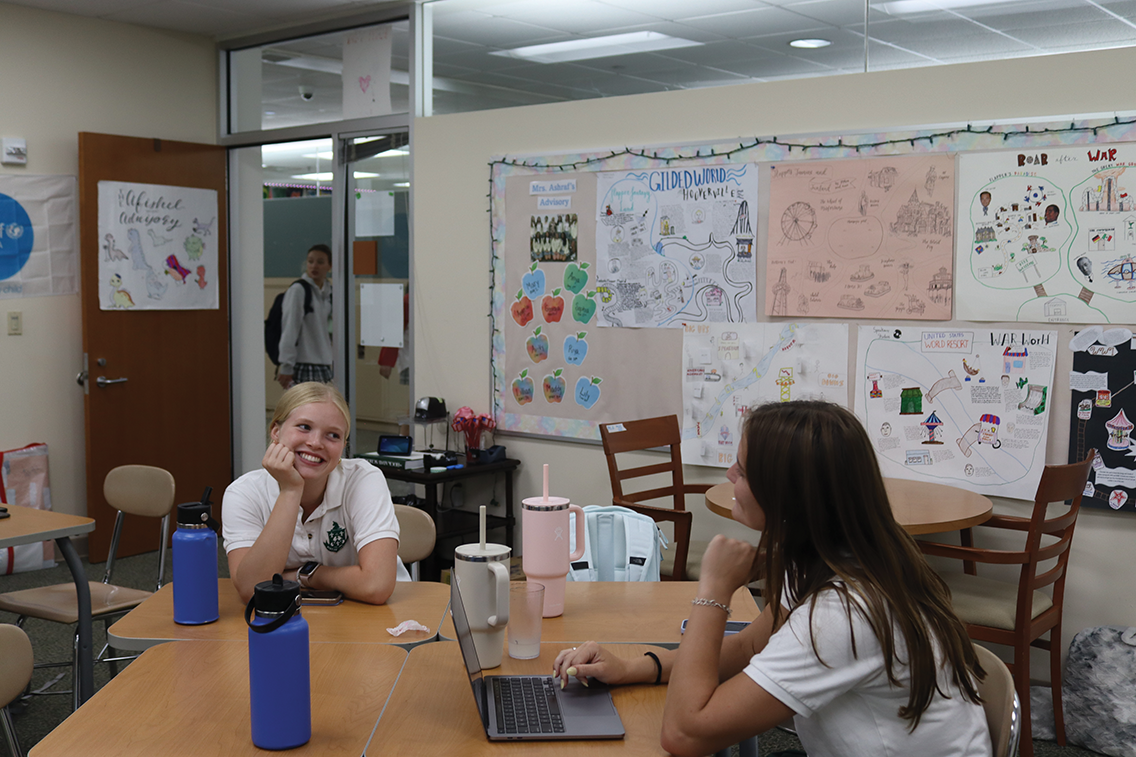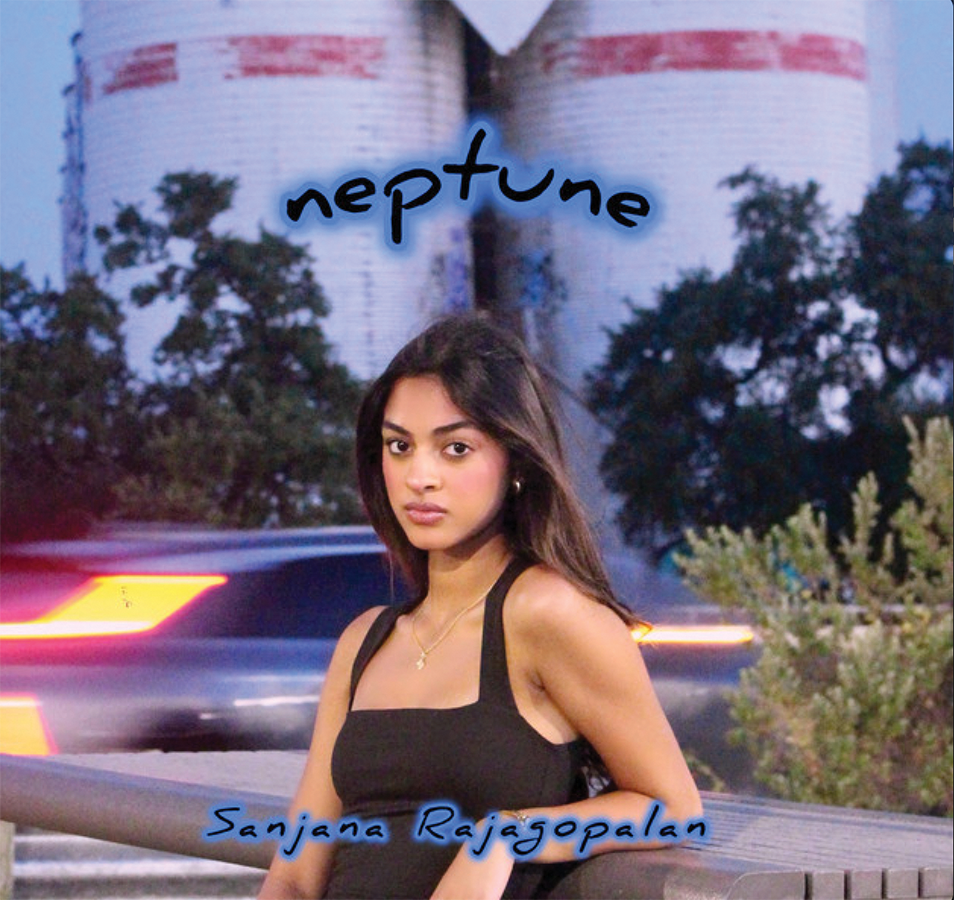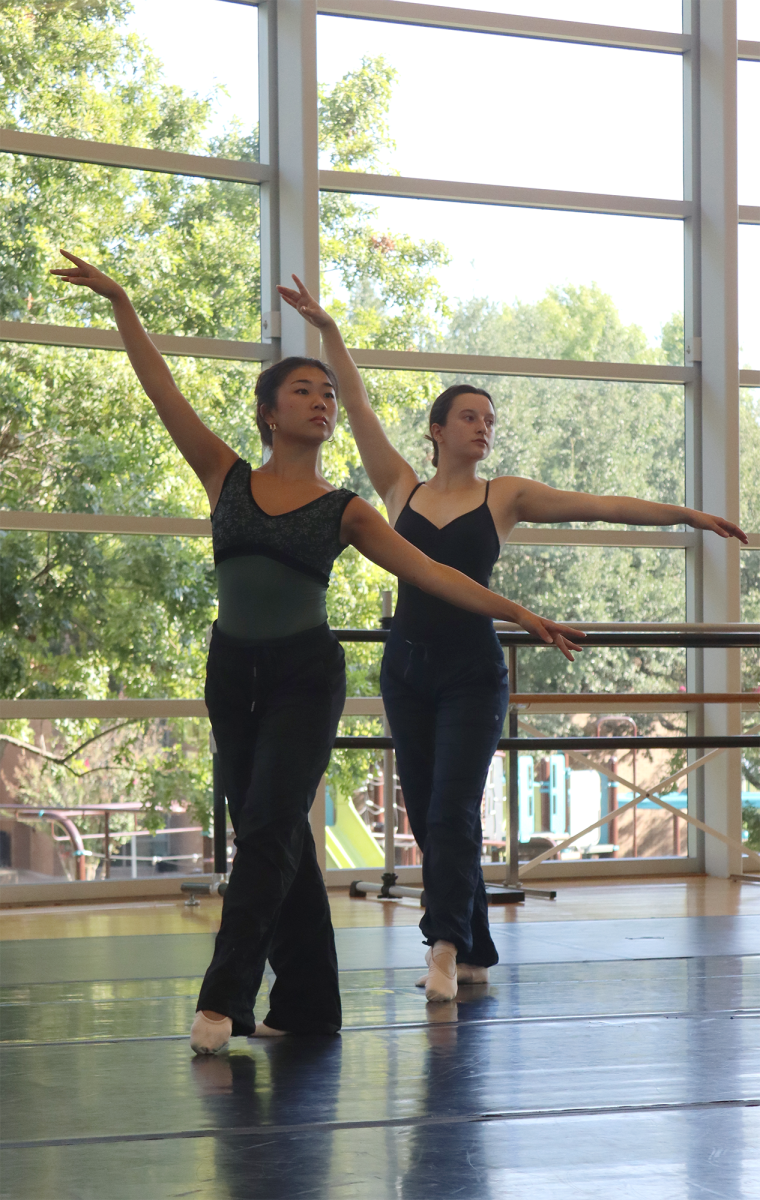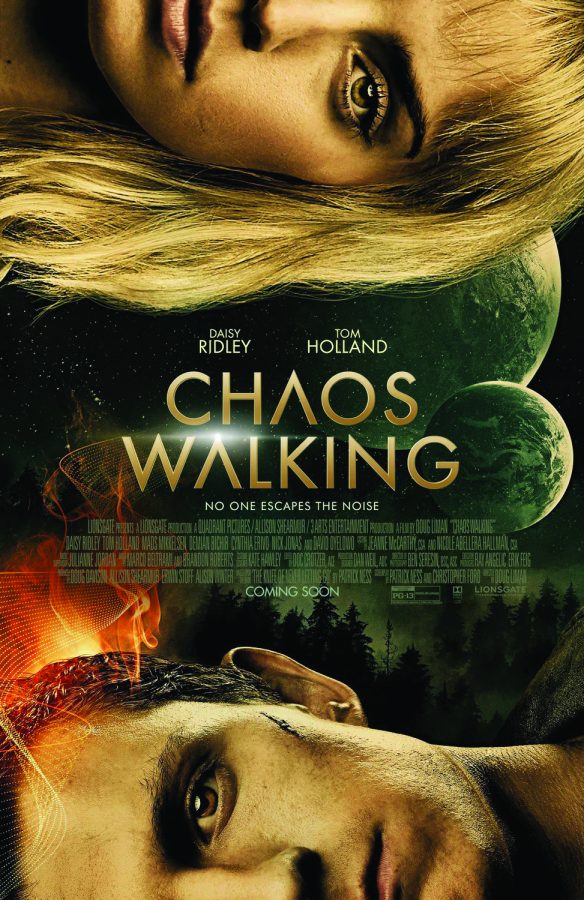Since Dec. 29 of 2017, in some way on the internet, in the halls or in the classroom, you have probably heard someone in a panic over their future because “Black Mirror” made them rethink life as they know it. While not every episode of season four gave me this feeling, each day since I watched I have felt compelled to debrief the season and analyze the episodes.
For those few that are new to the world of “Black Mirror,” essentially, it is a science-fiction anthology television series that originally aired in the United Kingdom for two seasons until Netflix took over and made seasons three and four. All seasons will terrify you about the fate of the world.
Creator Charlie Brooker explained the show to newspaper The Guardian:
“If technology is a drug – and it does feel like a drug – then what, precisely, are the side effects? This area – between delight and discomfort – is where Black Mirror, my new drama series, is set. The ‘black mirror’ of the title is the one you’ll find on every wall, on every desk, in the palm of every hand: the cold, shiny screen of a TV, a monitor, a smartphone,” Brooker said.
After watching season four, though I noticed that while at first some of the episodes left me underwhelmed, the season as a whole left me thinking about the messages it left behind.
Because each episode has a different writer and director, they have enough variety where you want to watch the next one and will not be bored of it. What stands out about this season to me is the sheer variety of styles of the episodes.
The fifth episode of the anthology, “Metalhead,” is essentially a 41 minute chase scene, and the first, “USS Callister,” makes you question who is the protagonist for most of the episode. “Hang the DJ” and “Arkangel,” however, introduce a specific piece of technology at the beginning to show its caveats play out for the rest of the episode. “Black Museum,” with an eerie tone throughout, is narrated, and in “Crocodile,” the technological aspect is not even introduced until minute 23.
The reason behind the variety is intentional too. Brooker told Digital Spy that because writing began in July of 2016 and continued throughout the 2016 election, he aimed to create a season that would not crush the spirit of his viewers.
“I didn’t know much appetite there will be for nothing but bleak nihilism,” Brooker said.
His intention is apparent, as the season opener, “USS Callister,” is overtly comedic in tone, and “Hang the DJ” is centered around a romantic relationship and a dating program. Season four still includes some rather bleak episodes, though.
For example, portraying the spiraling of a woman who declined to cover up murder, “Crocodile” will make your skin crawl and maybe even bring you to crocodile tears.
Even the episodes I claim to dislike have left me thinking. And that is the purpose of art, right?
All and all, you may have to bear through the 40-minute chase scene of “Metalhead” and the lackluster “Black Museum” episode, but you will make it out of this season with a wider sense of the way technology makes us behave and ponder the question: when have we gone too far?
Story by Emily Fuller, A+L Editor
Photo courtesy of Netflix













